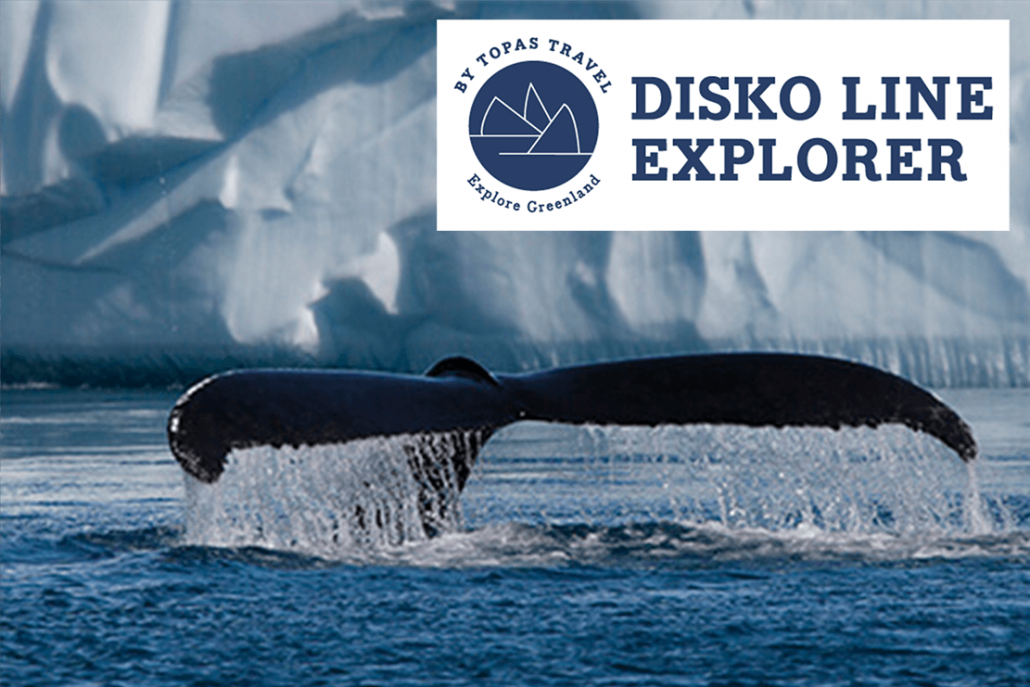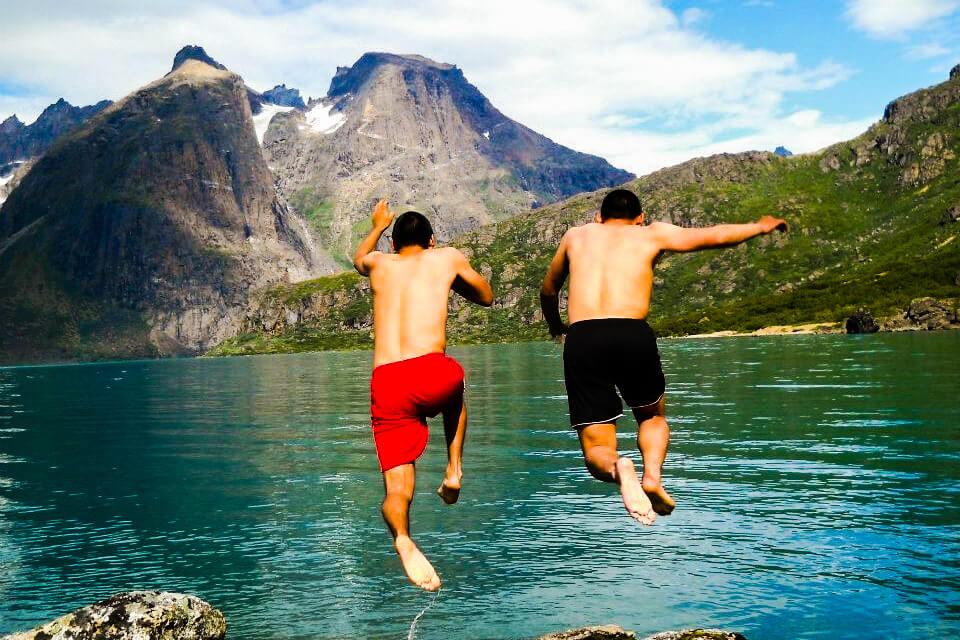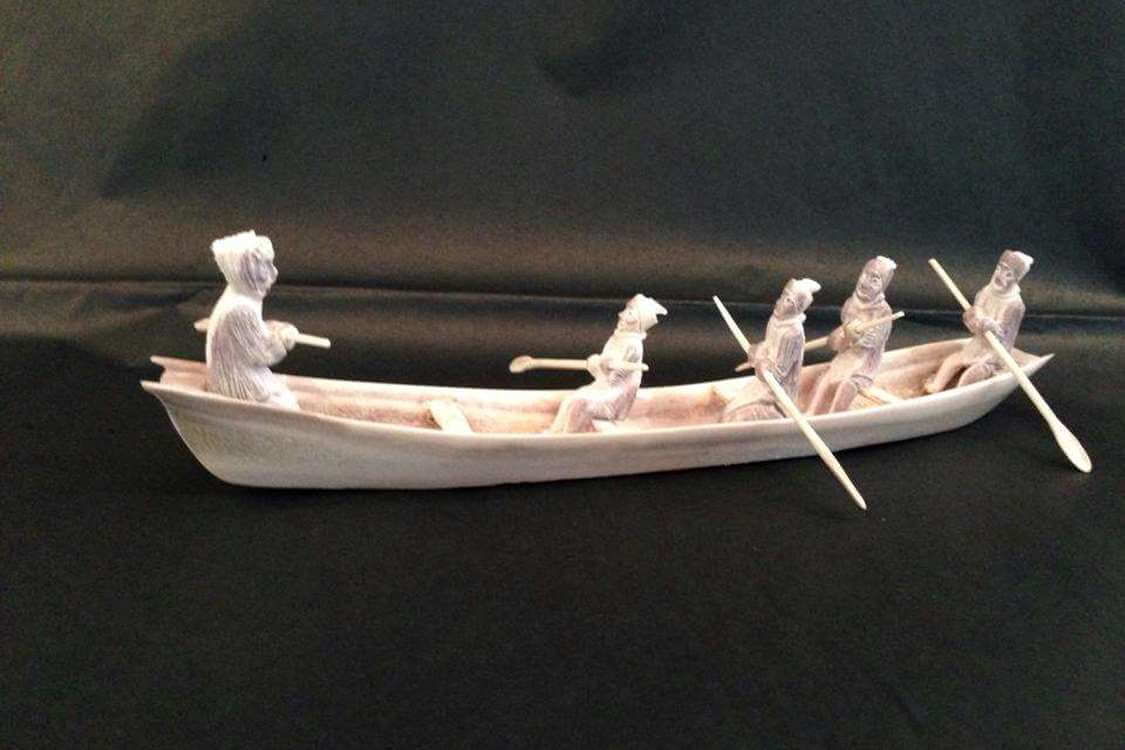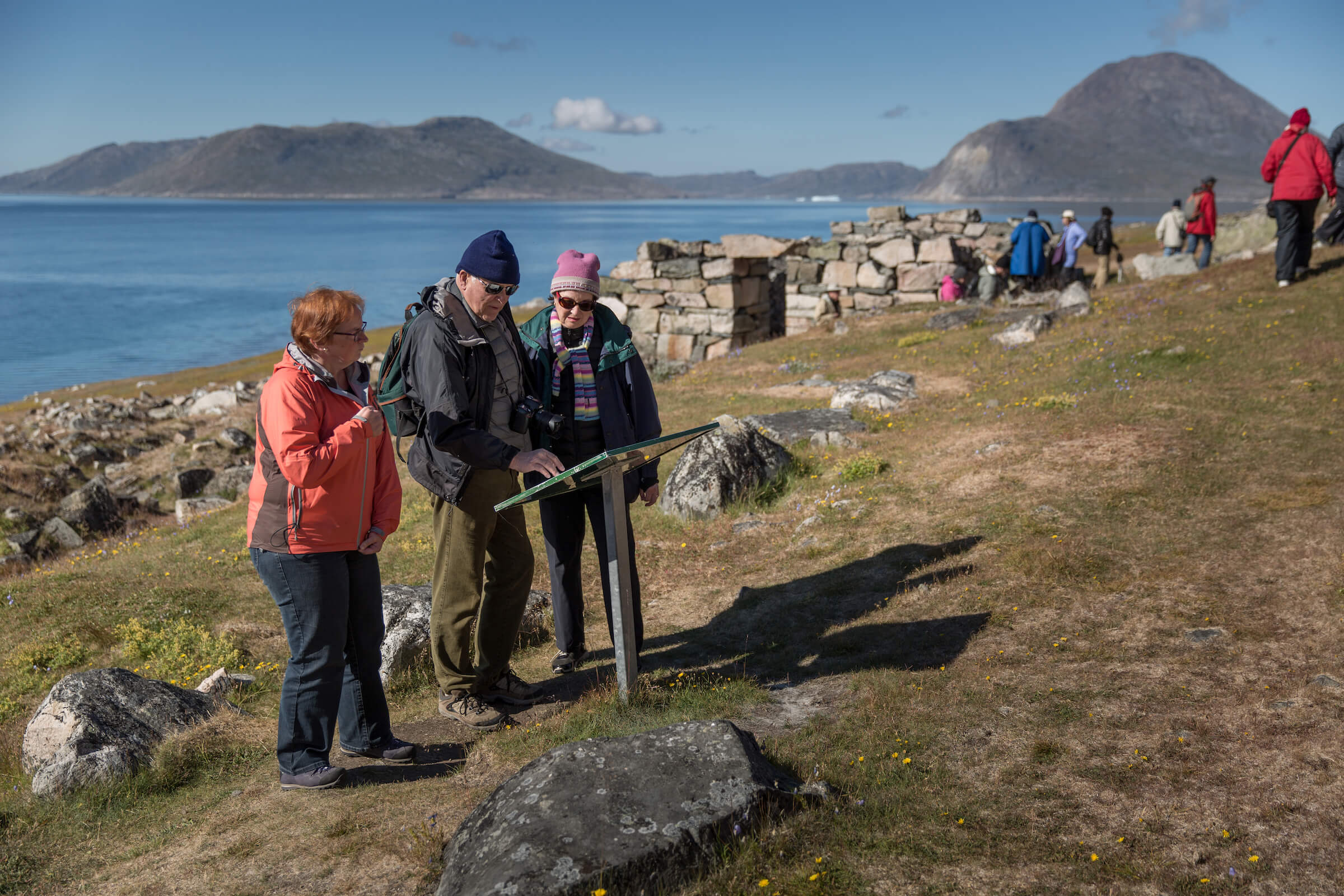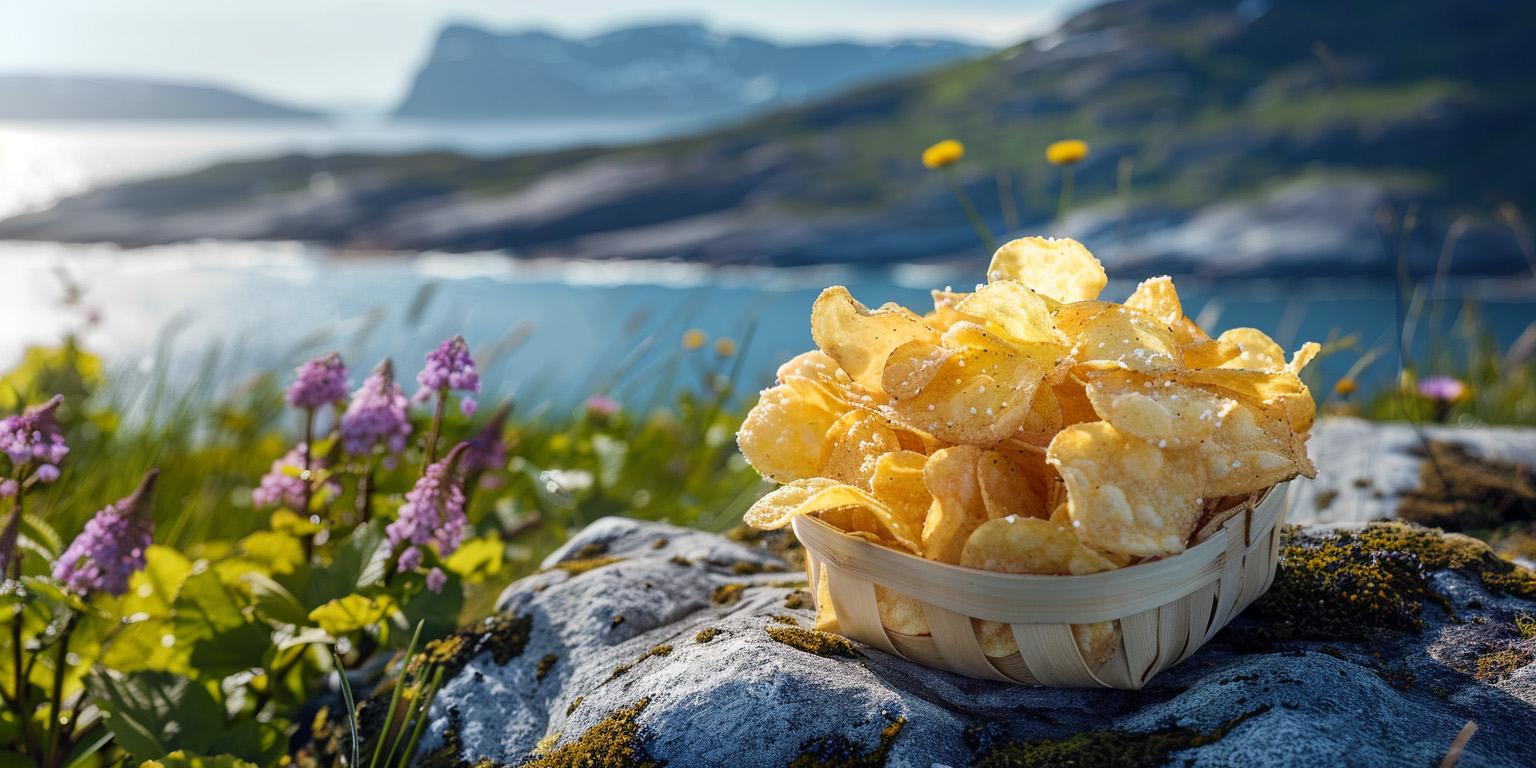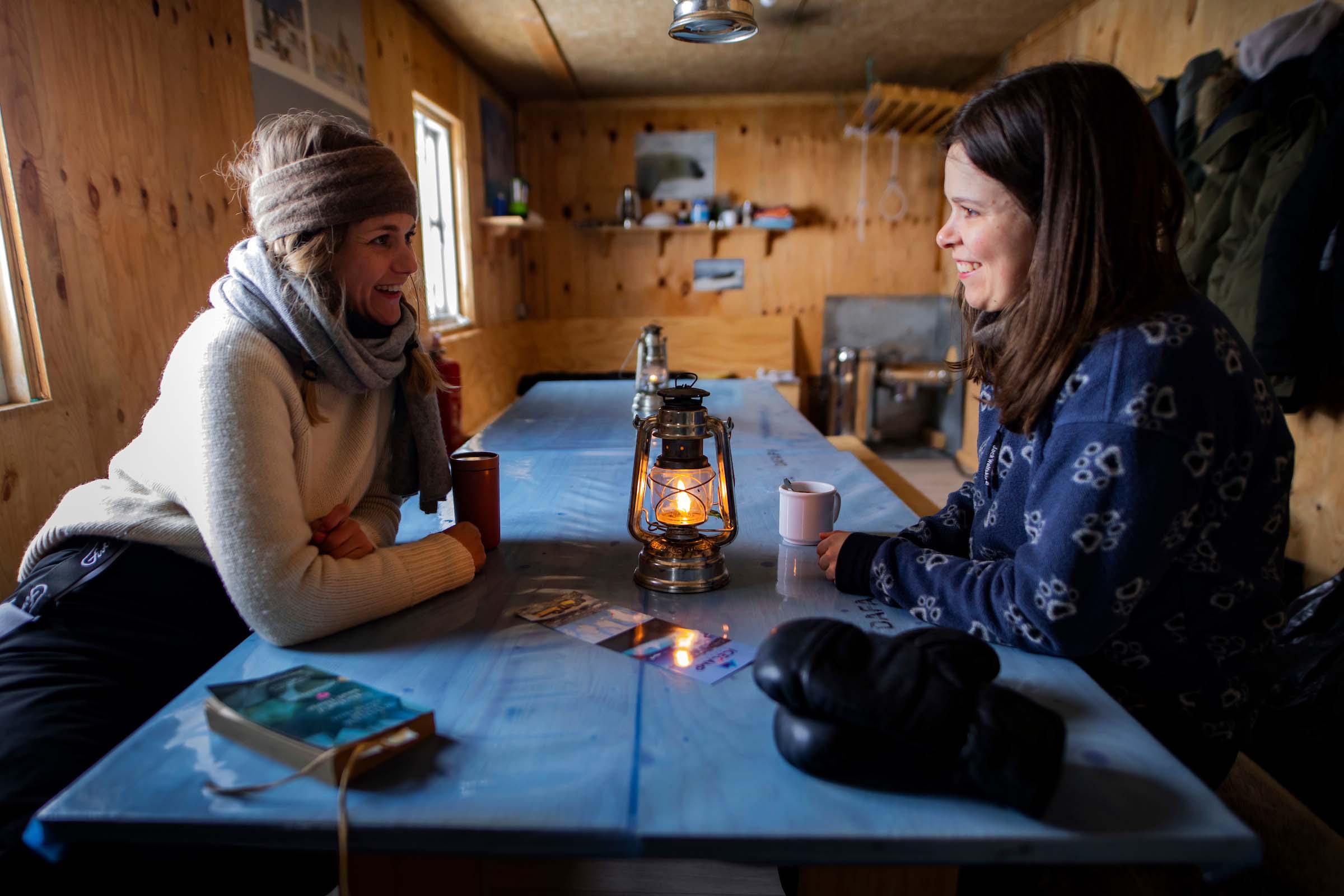Summer is prime whale watching season. Up to 15 species visit Greenland’s waters, but the most common are the fin whale, humpback whale, and minke whale.
When the engine cuts, it is your cue to adjust your eyes and ears to high alert. Seconds and minutes feel like eternity as you hold your breath waiting for a sign. But suddenly comes the unmistakable sound of a whale exhaling at the water’s surface, and you, too, exhale at the beauty.
The boat driver is your best friend on a whale watching tour because he or she is usually the first to spot a whale. They know exactly where to go to find whales, and they must have all been hawks in a past life to have such keen vision.
Whether this is your first or fifth whale watching tour, seeing such a magnificent creature right before your eyes can be overwhelming. Though you probably only see a fraction of the whale’s body, you just know that you are tiny in comparison and that humans are not paramount in this world.
Listen Live to Underwater Sounds of Disko Bay!
A new hydrophone station in Disko Bay, Greenland, allows listeners to experience the rich underwater soundscape live through https://diskolive.com/sounds-underwater. This initiative is part of the Disko Live! research project, aimed at connecting science with society by studying the sounds of Arctic marine life, icebergs cracking, and ‘modern’ sounds like ships sailing by. Data gathered will be used to communicate findings on climate change and modernisation impacts.
Disko Bay hosts a diverse range of marine species, including iconic bowhead whales, whose songs can currently be heard before they grow more and more silent in May – only to begin singing again in January when they arrive in Disko Bay again.
The project, supported by various organizations, is a collaborative effort involving Qeqertarsuaq town, the Arctic Station, the Natural History Museum of Denmark, Visit Greenland, and Greenland Institute of Natural Resources. For more information, contact Outi Tervo, Senior Researcher, or Visit Greenland’s press contact.
Read more
WHALE WATCHING HAVENS
Greenland prides itself on having only free and wild animals in its waters, so Greenland’s whales are free to swim wherever the krill and schools of fish lead them. That being said, some species favor certain fjords, making many places along the Greenland coast reliable havens for whale watching.
In South Greenland, where there is practically more water than land, fin and minke whales in particular love to play in the extensive fjord system. Sailing is popular as everyday transportation, so even a quick jaunt between towns and villages becomes a whale watching opportunity.
Disko Bay is famous as a sea of ice, but in summer, the whales just might outnumber the icebergs. These intelligent animals must realize that the silhouette of their tail flukes against mammoth icebergs makes for the perfect photograph, because humpback, minke, and fin whales all head straight for these northern waters. Even the bowhead whale spends its whole winter in Disko Bay.
NUUK FJORD’S FAITHFUL FRIENDS
Thousands of humpback whales choose West Greenland waters near Paamiut, Maniitsoq, and Aasiaat to play in for a few months, but a special dozen humpbacks make Nuuk Fjord their summer home year after year. Just as Greenlanders in North Greenland await the sun’s return to start the spring season, it is the return of the humpback whales that signals summertime in the Capital Region.
Travelers doing whale watching in Nuuk have a special job to fulfill with Nuuk Fjord’s faithful friends. Let your photographs and lifetime memories play double duty by sharing them with the Greenland Institute of Natural Resources. You can help researchers learn more about the humpback whales in Nuuk, all thanks to your best shot of the day!



